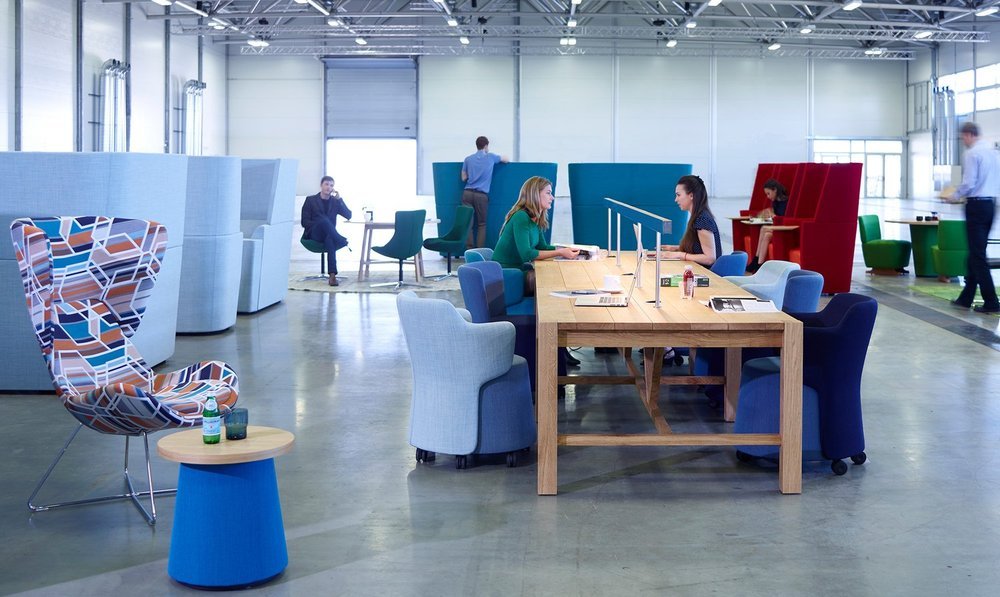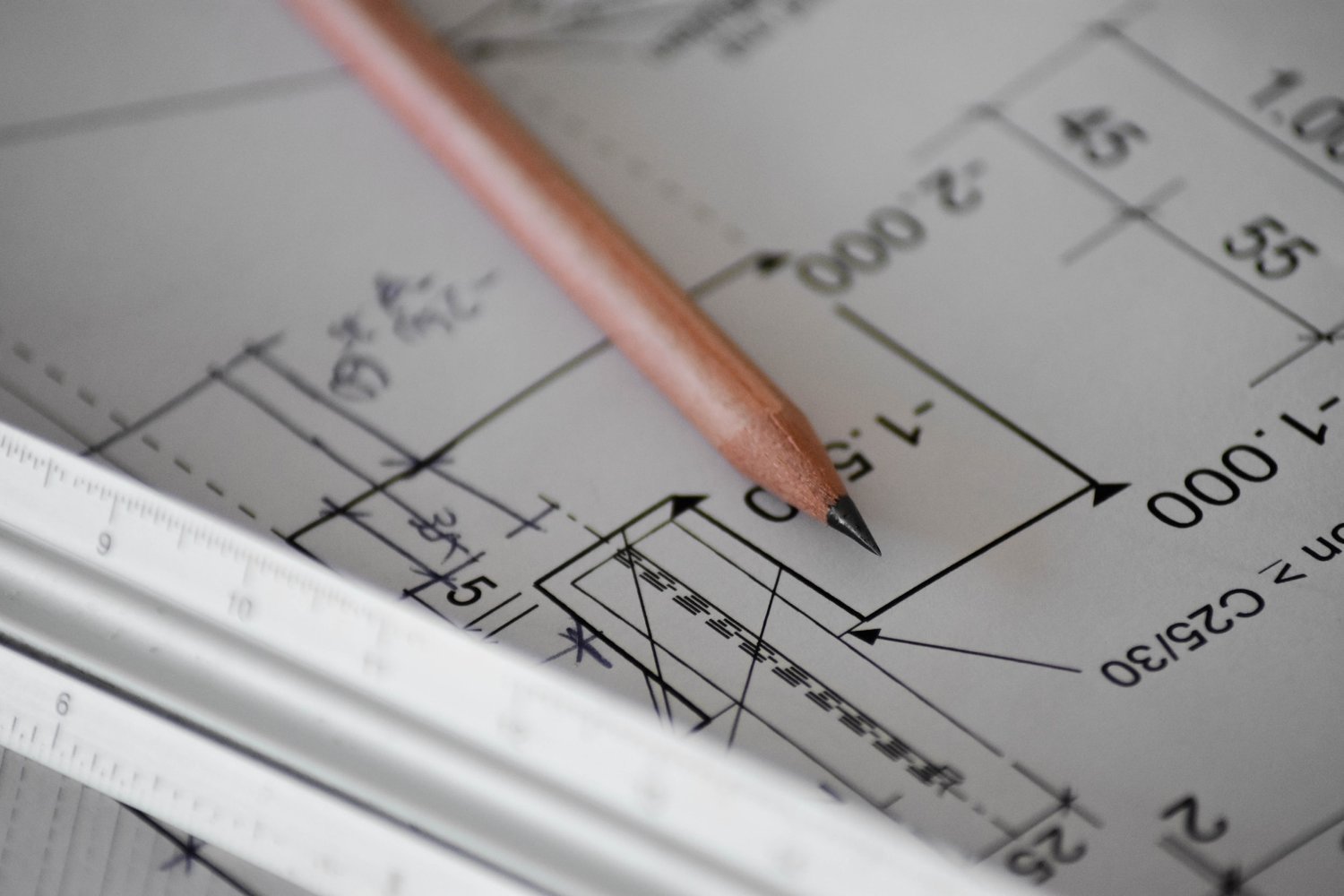How to create an effective home office
Working from home has become a fact of life for all of us. Some of us are home-based every day, and some are timesharing between home and their usual workplace.
Since the start of lockdown, we’ve learned a huge amount about what helps to make home working successful for both individuals and businesses. We know that happy people are the most productive people and we now know that allowing the majority of workers to be home-based hasn’t had the negative effect on productivity that many employers feared.
As we return to more restrictive homeworking requirements, and more people are splitting their time between their home-office and the workplace, we are here to help you to make your home office as comfortable and productive as possible and enable you to smoothly transition between workplaces.
A general view of the home office
Thousands of people work full-time from home and have done so for many years. For them, this dynamic, national shift to the home office simply brings everyone else into their comfort zone. Over the years, there have been many papers and articles written for them and about them, highlighting the benefits and pitfalls of home-working.
One of the most widely communicated pieces of advice is to create a structure around your day-to-day working environment, both physically and in attitude. Here are our top six tips on how to make that structure work for you, your work and your home.
Have a defined workspace. Rather than curling up on the sofa with a laptop, it’s important to create a dedicated work area, with a desk and chair, emulating a true working environment as closely as possible. Keep all work files, papers and reference materials in this space, so that there is a clear line between home and home-office.
Manage time as if it were a normal working day. If you have a routine around your office day, try to keep it when working remotely. Wake up at the same time, shower, dress and start the day as you would in the office. Take breaks and a lunch hour, and if you would usually go outside to buy lunch or go for a walk, keep the same routine at home. Outdoor time helps to settle our minds and reenergise for the afternoon ahead, so don’t scrimp on your lunch hour and make sure you use the time to switch off and relax as it will make the afternoon more productive.
Use technology to stay face-to-face with colleagues. Since the beginning of the pandemic, we have seen enormous growth in the use of programmes such as Zoom, Microsoft Teams, Facetime and many others. Keeping in touch with colleagues face-to-face, albeit virtually, has fundamentally improved our ability to work remotely and maintain the productivity of many businesses. Schedule video meetings, coffee catch ups and even after work drinks with co-workers to maintain closeness and a team mentality.
Avoid the distractions of home. To embrace pretending you’re in the office as normal, you can’t get distracted by domestic matters. If you’d throw in a load of washing before leaving for work, keep doing that when homeworking, but don’t get up to unload the machine when it’s finished. Try to rely on auto time programmes so chores (and fun distractions like TV) don’t disrupt your working day.
Don’t let others at home distract you. The pull of friends and family can be very tempting, and they may find your new working arrangement hard to understand, especially if children are young. By defining your workspace and your working time, you will find it easier to set and maintain boundaries with those around you which mean that working time is the same as office time.
Set an end point to the day. With remote working and emails 24/7, it’s hard enough to switch off at the end of the day, but with your desk in your home, it’s even harder to call an end to the day. This can make the working day blur into your homelife, which can become draining over time and results in neither home nor work getting the best of you. Switching off completely in the evenings will leave you more refreshed and able to work the following day, so set a ‘going home’ time, and stick to it.
A practical approach to home-working
A key consideration for any home-worker is the office furniture itself. In the workplace, we are likely to have the same chair and desk as our colleagues. Using the same furniture at home as in the office helps with a smooth transition between locations. A computer viewed from a desk chair at the same height, on the same desk, with the same keyboard will instantly put our brains into ‘work’ mode when we sit down to start the day.
We offer a range of furniture and home-working solutions which can make you feel like you’re working in an ‘office-away-from-office’.
Comfort and consistency for home-based workers is key in maintaining businesses’ performance, so having the right chair, desk and overall environment in the home office is now just as important as it is on the office floor.
The Furniture Industry Research Association has published two documents in response to the increase in people working from home. “one explaining employers’ responsibilities to their remote working employees, and the other, a practical guide for users of laptops and computers to optimise their home working environment, and help improve productivity and comfort. You can read the documents here.
Health and safety considerations for display screen equipment
As the home office is now a formal work setting, we must ensure that it is a safe environment. The usual workplace will be required to adhere to strict health and safety measures for all staff, and the same is true for the home office.
There are official guidelines for the health and safety of home based workers. The Health and Safety Executive have published the safety of workers in the home environment DSE self-assessment form which can be found here.
The psychological impact of homeworking
Being removed from co-workers and friends in the office for long periods of time can have a significant impact on the mental health of homeworkers, but homeworking has the huge benefit that we have more freedom and control over our environment.
Many offices have artificial lighting and few windows, so take advantage of the home office to throw open the window and let natural light and fresh air in, this will make you more alert and attentive. If possible, try to position your home office facing a window, as studies have shown that a good view of outdoors can improve memory function and recall.
Another benefit of the home office is that we can be close to our four-legged loved ones throughout the day. If you don’t have a pet, keep a plant on or near your desk. Plants and animals lower our blood pressure, and can increase our reaction times. Pets are great company for those working from home alone, and can be a good reason to get out at lunchtime for a walk.
Optimising the micro home office
If space isn’t on your side with your homeworking environment, it’s time to get creative. There are some fantastic micro-office ideas, such as positioning a desk in the space under the stairs, or storing all work related files behind closed doors. Many effective small office solutions rely on good storage, to keep things as tidy and hidden away from home life as possible. Many of our chairs, pedestals, desks and storage units suit the home office, both big and small. We’d be delighted to help you to find the right furniture for a tricky space so please challenge us to get it right for your home office.
Splitting time between home and office locations
A reality for many of us is that we aren’t required to work from home every day. Lots of offices are now splitting the working week amongst teams, to enable distancing in the workplace, with homeworking interspersed in between. Which means that we are frequently shuttling between the home office and our traditional workplace. This may feel turbulent and disruptive, like moving to a new house every few days.
To make things as easy as possible, we recommend.
Keeping PPE in your workbag, ready to go each day, so that you don’t have to remember it with your wallet and keys and you know it’s always on hand should you need it.
Wherever possible, try to maintain as much furniture similarity as possible, so that your desk, chair and DSE are at the same heights in both workplaces, which will help both physical familiarity when navigating the work space and provide a safe working environment.
Having the same stationery, in the same drawer in each desk will mean that you don’t need to transport the little things back and forth between locations. Having the same pen, calculator etc within reach and in the same place will help to make work more comfortable, productive and familiar. Our range of office supplies offer an easy way to buy two of whatever you need.
Doubling up on furniture, stationery and work equipment may feel like a waste, but in reality it means that there is less risk of cross contamination between the home office and the workplace.
Whether you’re working at home or in the office, we’re here to help you make it the best environment.













